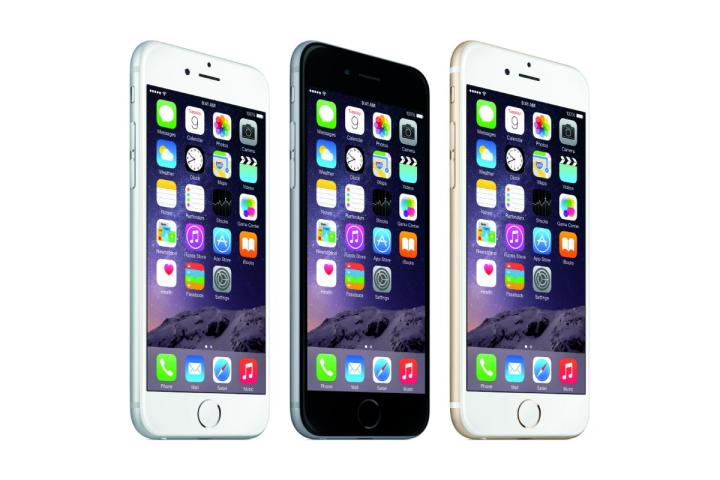
Apparently, sapphire screens couldn’t pass drop tests.
While the original plan for the iPhone 6 and iPhone 6 Plus called for sapphire screens, the super-hard material apparently failed to pass drop tests conducted by Apple suppliers, according to a report from VentureBeat, which cites IDC analyst Danielle Levitas. She says the drop-test failures and the high cost of sapphire glass screens may have nixed Apple’s original plans.
Related: iPhone 6 Plus vs. Galaxy Note 4: The ultimate big-screen smartphone challenge
Timing may have been another reason for the absence of sapphire screens from the new iPhones. “The agreement between Apple and GT Advanced Technologies first came to light on Nov. 3, 2013, and 10 months is just not enough time to build out and qualify capacity to make tens of millions of iPhones by launch date,” according to Travis Hoium at The Motley Fool.
Sapphire crystal screens will be used for the Apple Watch, however — namely, the regular Apple Watch and the Apple Watch Edition, which sports an 18-karat gold case. The Watch Sport will come with an Ion-X glass face.
Levitas says there’s a chance Apple will include sapphire screens for future iPhones. Let the rumors begin — again.
Related: Hands-on with the iPhone 6
The first member of the iPhone family to dabble into “phablet” territory, the iPhone 6 Plus expands the size of Apple’s smartphone with a 5.5-inch screen. It sports a Retina HD display, a “new generation” of screens from Apple according to company vice president Phil Schiller. Apple’s new handset displays at a resolution of 1,920 × 1,080 pixels, 185 percent more pixels than the iPhone 5S.
Despite the larger screen on the iPhone 6 Plus, the smartphone manages to maintain a slim frame. It measures in thinner than the iPhone 5S at just 7.1mm thick (compared to 7.6mm for the 5S).
With the newer, bigger screen on the iPhone 6 Plus comes changes to the user interface. Some changes will be small, like faces on display in the messaging app or additional keyboard keys for cut, copy, and paste. Others are more noticeable, like the ability to turn the iPhone 6 Plus horizontally and get a two-pane display. The home screen can also go horizontal on the iPhone 6 Plus. The interface takes many of its cues from the iPad, making the iPhone 6 Plus the mini version of the iPad Mini.
It will be available in stores on Friday, Sept. 19.
Editors' Recommendations
- How to schedule a text message on your iPhone
- This one Apple Fitness feature completely changed how I exercise
- Nomad’s new iPhone case and Apple Watch band may be its coolest yet
- 5 phones you should buy instead of the iPhone 15
- How to find your lost phone (tips for iPhone and Android)


